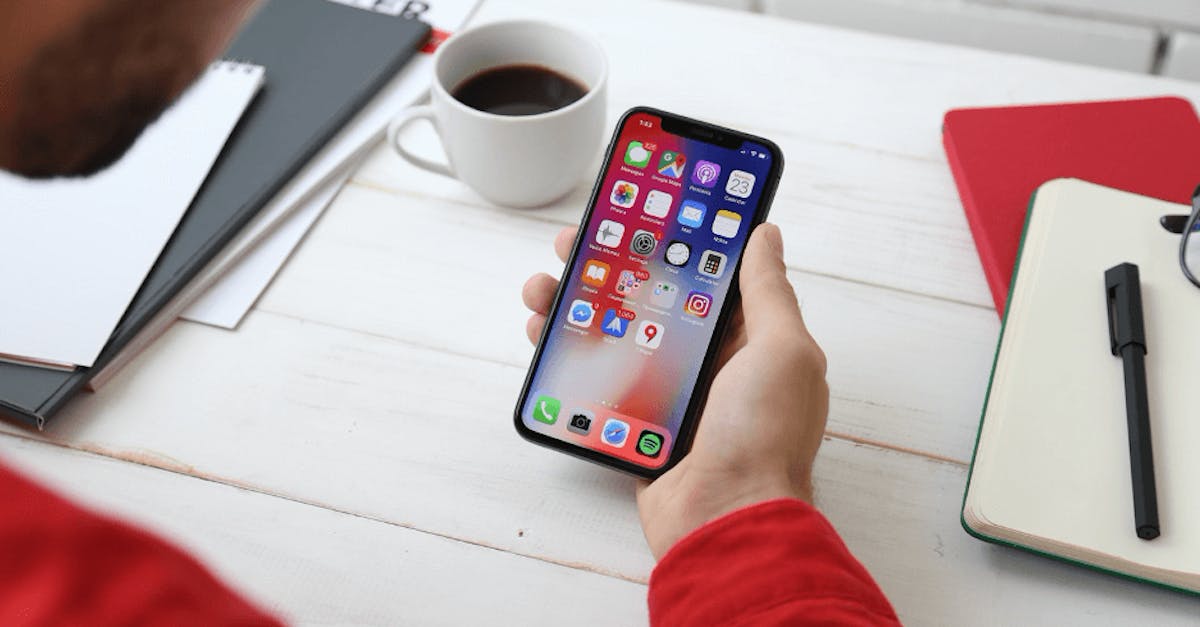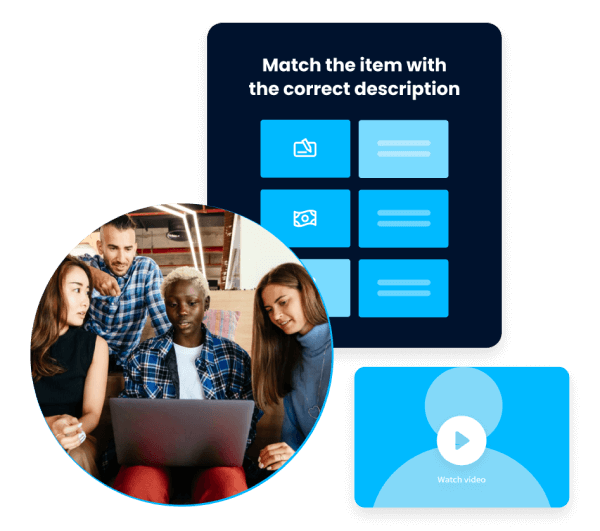Declarative knowledge

Many have recognized that knowledge is the most important resource in the modern economy. However, knowledge is not a simple concept but a fluid mix of framed experiences, values, contextual information, and expert insights that form the framework for incorporating new experiences and information. After all, knowledge is a specific and individual concept, as it originates and is applied in the mind of the knower.
In the organization, institutional knowledge is often embodied not only in (official) documents but also in organizational routines, processes, practices, and norms.
Knowledge management is a crucial part of business development. To put it simply, knowledge management is a set of processes that help in the assimilation, expansion, and use of knowledge. It is the process of seeking, organizing, and using selected data and experiences, whether in a formal way or hidden in the minds of people to apply where it can help to solve problems.

When talking about knowledge management, classifications of knowledge are important because they help set out learning objectives. And learning objectives are the first elements of a system from which appropriate programs, appropriate teaching and learning procedures, as well as evaluation procedures are derived.
What is Declarative Knowledge?
Declarative knowledge refers to facts and information about a topic. Unlike other types of knowledge, declarative knowledge definition focuses on the ‘what’ as compared to the ‘how’ or ‘why’. Often, declarative knowledge can be a description or attributes of a subject, thing, or event. That being said, there are other types of knowledge that answer different questions that cover the complete story. The different types of knowledge are declarative, procedural, causal, conditional, and relational.
Most often, knowledge is divided into:
- declarative – refers to cognition or comprehension of explicit knowledge, or to know something about someone or something (know-what), is an accumulation of facts;
- procedural – to know-how refers to skills or abilities to do something, is a typical form of experiential knowledge that is developed and retained within an individual company or research team (e.g. skills of a production worker),
- causal – know why, represents metacognition and knowledge of the principles and laws by which nature, society, and the human mind operate, enables faster advancement of technology and reduces the likelihood of error in attempts at innovation, and can be acquired by reading books, magazines, attending lectures and adopting databases;
- conditional – know when,
- relational – know-who, know-where, or tacit knowledge that includes information about who knows what and who knows how to do what, represents silent prior knowledge that it is difficult to transfer among employees.
Based on learning research and cognitive psychology, declarative knowledge is further divided into factual and conceptual knowledge.
Factual knowledge – basic facts that a learner must know to be familiar with the subject or problem to be solved.
Conceptual knowledge – the interrelationship between the basic elements within a broader structure that allows for joint action.
Examples of declarative knowledge include:
- Knowledge of terminology or vocabulary
- Knowledge of special details
- Knowledge of elements
- Knowledge of classification
- Knowledge of categories
- Knowledge of principles
- Knowledge of generalization
- Knowledge of theories
- Knowledge of models
- Knowledge of structures
Declarative Knowledge vs Procedural Knowledge
Both factual and conceptual knowledge deal with results, while procedural knowledge deals with a series of steps (skills, algorithms, techniques, and methods) that follow one another and thus lead to a certain result.
Procedural knowledge also includes criteria on when certain skills, algorithms, techniques, and methods should be used. Procedural knowledge includes knowledge of methods of collecting, arranging, and processing data, knowledge of ways of interpreting, and writing. Therefore, procedural knowledge provides learners with the knowledge they need to solve problems. Problem-solving occurs at a time when the individual must determine a way to achieve a goal that has never been achieved before.
Declarative knowledge includes a number of knowledge sets consisting of known facts and active goals. On the other hand, procedural knowledge encompasses a series of cause-and-effect rules that determine whether it is possible to achieve a particular goal under given conditions that are known at the time.
While declarative knowledge of facts and information is learned quickly, procedural knowledge and skills are acquired gradually and, to a large extent, thanks to numerous practice opportunities.
It is important to know that procedural knowledge is based on declarative knowledge and that these two types of knowledge are most often related. According to this, each learning process goes through the following stages: it begins with cognitive (declarative) learning, during which we learn rules, develops through associative (procedural) learning, during which we learn how to apply rules, create associations, and develop fluency, and reach autonomous learning when we achieve automation in remembering and using learned knowledge.
Applying Microlearning
Microlearning is a problem solving based method, with emphasis on creativity, critical thinking, trial and error, and collaborative work. As such, it is an extremely suitable tool for acquiring any type of knowledge.
The virtual interface, intuitive use of commands, visualization, and connection between textual, graphical, tabular display, as well as the video-presentation and interactivity of observed objects allows users to experiment, create their own dynamic constructions and evaluate results.

The learning process refers to a series of actions or changes that directly affect student-learning outcomes, with distinguishing between factual (declarative) knowledge acquisition processes, procedural knowledge acquisition processes, and inductive reasoning processes that are interrelated and controlled by an individual’s metacognitive skills.
The microlearning outcomes can also be divided into declarative and procedural. Declarative knowledge refers to the knowledge of elementary concepts, claims, relationships between them, and even the mental model as an organized set of related concepts, terms, and rules. Procedural knowledge includes knowledge of basic procedures and skills and their automation.
The amount of control (or learner’s freedom) during the active learning process is determined by the learning environment. The control can be minimal (direct “commands” of the lecturer, instructions “follow the steps”, exercises) and gradually range to complete control of learners (learning by discovery, reasoning by analogy or induction, analysis of examples).
Different media can be used as learning objects: text and hypertext, images and diagrams, animations and videos, simulations and virtual laboratory, interactive tasks, online quizzes, etc. They present a scenario of the problem, whereby the media directly influence the content being studied and define the role of the learner in the learning process.

Tasks for learners are defined in the form of a simpler research cycle that is similar in stages to scientific research, and the idea of problem-solving is based on understanding a task, creating a plan, executing a plan, and reviewing.
The effectiveness of microlearning in knowledge acquisition shows a great advantage in using many simpler learning objects and their reuse, and for employees, it is of great importance as the research cycle can be “passed” several times until a solution is found.
Microlearning as a tool develops creativity, critical thinking, independent learning, group work, developing the ability to evaluate results, review mistakes, and connect the learning content as a whole.
The use of microlearning enables model-facilitated learning. Most importantly, it creates an environment that supports all three models – learning by hearing, learning by seeing, and learning by doing. In this way, microlearning became an ideal platform for gaining both declarative, procedural, or conditional knowledge.
As an example of declarative knowledge transmission – you can try microlearning features such as online lectures, watching presentations and explainer videos, study infographics, or sign up for instructional training courses.
If this tickles your brain – why don’t you try what EdApp has to offer?
Sign up to EdApp for free!
Author
